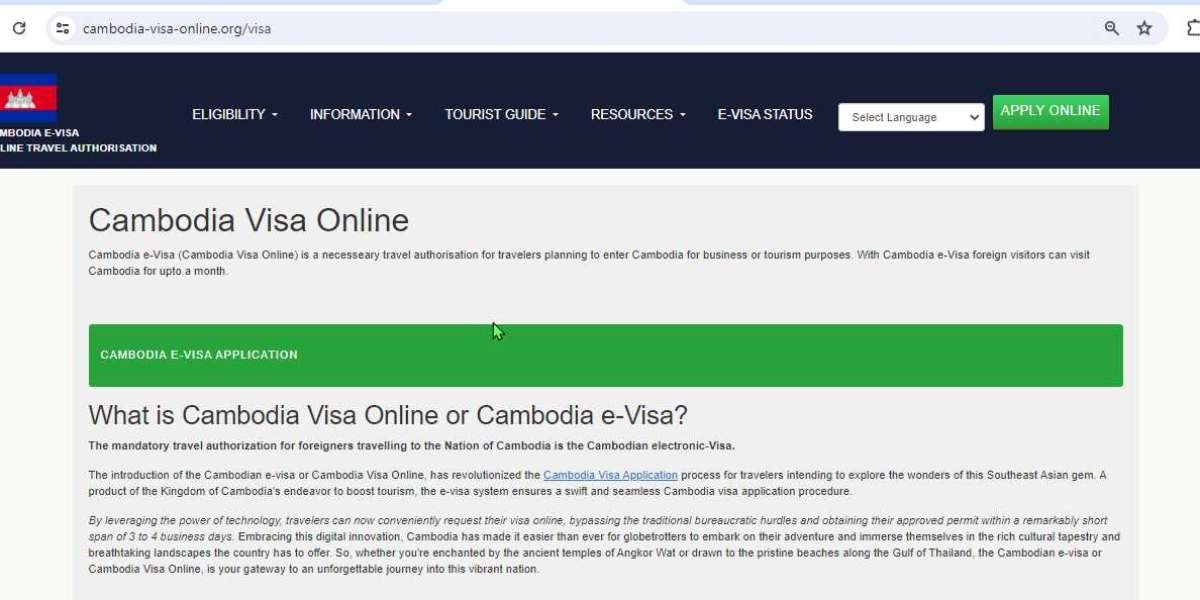In the intricate landscape of carve-out transactions, one of the most formidable hurdles is navigating the technology migration process. As organizations seek to carve out a segment of their business, they often face the daunting task of disentangling interconnected IT systems, applications, and data. This migration is crucial for ensuring the smooth transition of operations to the newly independent entity. However, it comes with its own set of challenges that require careful planning and execution.
Legacy System Compatibility and Integration
A primary challenge in technology migration during carve-out transactions is ensuring the compatibility and seamless integration of legacy systems. These systems, often deeply intertwined with the parent company's infrastructure, must be disentangled without disrupting critical business processes. Compatibility issues may arise due to differences in software versions, data formats, or even underlying architectures. Addressing these challenges requires meticulous planning, rigorous testing, and possibly the development of custom integration solutions to bridge the gap between legacy systems.
Data Migration and Security
Data migration is another critical aspect of technology migration in carve-out transactions. Organizations must meticulously map, extract, and transfer data from the parent company's systems to those of the carve-out entity while ensuring data integrity, confidentiality, and compliance with regulatory requirements. This process involves identifying and mitigating potential security risks, such as data breaches or unauthorized access, especially when dealing with sensitive information such as customer data or intellectual property.
Downtime Minimization and Business Continuity
Minimizing downtime and ensuring business continuity are paramount during the technology migration phase of a carve-out transaction. Any disruptions to operations can have severe consequences, including financial losses and damage to reputation. Therefore, organizations must develop robust migration plans that prioritize continuity and resilience. This may involve implementing phased migration strategies, establishing fallback mechanisms, and providing comprehensive training and support to employees to navigate potential disruptions effectively.
Stakeholder Communication and Change Management
Effective stakeholder communication and change management are essential elements of successful technology migration in carve-out transactions. Clear and transparent communication with internal and external stakeholders, including employees, customers, suppliers, and regulatory bodies, helps manage expectations and mitigate resistance to change. Additionally, organizations must invest in change management initiatives to ensure that employees are adequately prepared and supported throughout the migration process, minimizing resistance and maximizing adoption of new technologies and processes.
Conclusion
In conclusion, technology migration poses significant challenges in carve-out transactions, requiring organizations to overcome obstacles related to legacy system compatibility, data migration and security, downtime minimization, and stakeholder communication and change management. By addressing these challenges with careful planning, strategic execution, and a focus on business continuity, organizations can navigate the complexities of technology migration and pave the way for a successful carve-out transaction.








